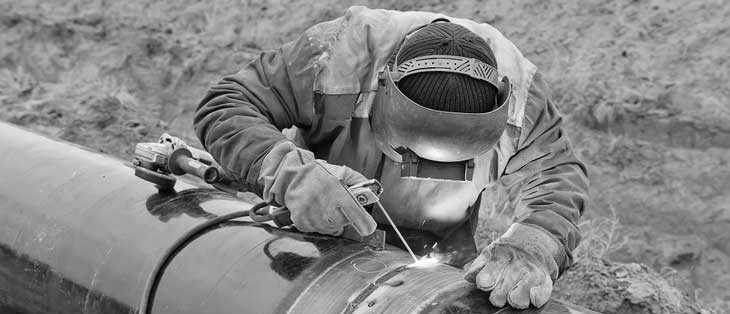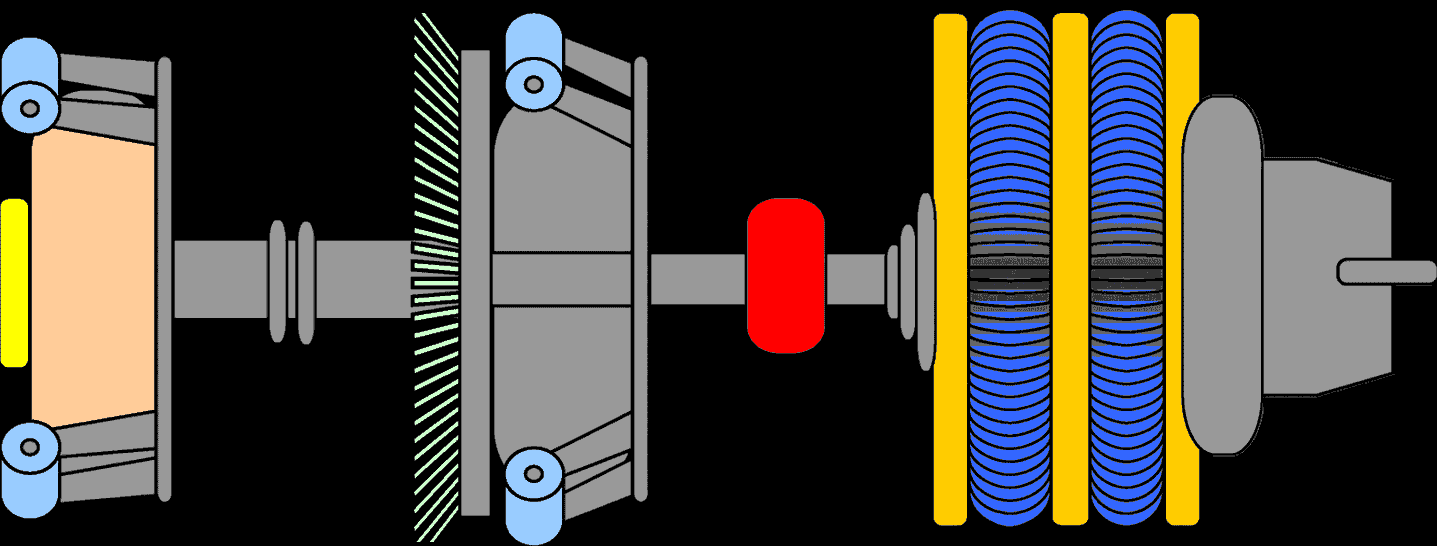Methods of Pipeline repair and other Equipment
When a defect or anomaly is discovered in a pipeline that threatens the integrity of that pipeline, a repair must be made using techniques that restore the pipeline to the original design specification.
If the repair technique cannot restore the pipeline to the original design specification, the maximum operating pressure of the pipeline must be reduced, or the pipe system must be taken out of service.
Repairs may be required as a result of a leak or release of product from a pipeline, or because a defect or anomaly is discovered that threatens the integrity of the pipeline. The latter may come to light through an integrity assessment as required by the integrity management rule.
There are several methods that may be used to remediate pipeline defects and anomalous conditions that can present a potential threat to the integrity of the pipeline. These include..
- Removal and Replacement of Pipe
- Fillet Welded Patch
- Half Repair Sleeves
- Weld Overlay / Weld Deposition Repair

Removal and replacement of pipe ![]()
Removal and replacement of defective pipe is always considered a good alternative to repair. Most industry standards suggest making repairs to pipelines by replacing sections of pipe whenever possible. Often an entire section of pipe is replaced - weld to weld - rather than cutting out and replacing a smaller section. This requires more work, but it minimizes the number of round or circumferential welds in the pipeline.
Fillet Welded Patch ![]()
Fillet Welded Patch can be used to repair Pressure Vessel temporary (Temporary repair) by the Patch Plate cover the areas that have been damaged and welded to the Vessel by Fillet Weld. This method applies to damage caused by Corrosion or Erosion which will cause the Vessel's walls to become thinner (Local Wall Thinning).
Half Repair Sleeves ![]()
Sleeves are probably the most important and widely used method of general repair of pipeline defects. Sleeves may be steel, type A (reinforcement) or type B (pressure retaining reinforcement), or composite material.
Type A sleeve – a type A sleeve is used to reinforce the area where a defect exists. The defect cannot be a through wall defect. The type A sleeve is a full encirclement of the pipe. The sleeve halves are normally welded together while the sleeve ends are not.
Type B sleeve – a type B sleeve can be used to contain a leak or to reinforce an area where a defect exists. The type B sleeve is similar to the type A except the sleeve is completely welded to the pipe.
Composite material – a fiber material is wound around the pipe in the area of a defect. This material can be used in lieu of a type A sleeve and has proven quite effective in remediating defects.
Weld Overlay / Weld Deposition Repair ![]()
Weld overlay is a pipeline repair technique where a suitable metal is deposited through welding to the pipe surface, valve body/trim, or a pipe fitting in the form of a layer. This may be used to improve pipe strength or surface protection while keeping the base structure’s strength, e.g., as a guard against corrosion.
Weld overlay provides layering of an alloy metal different in material from that of base pipelines and associated piping/fittings. Weld overlay is carried out by shielded metal arc welding, Metal Inert Gas (MIG) welding/Tungsten Inert Gas (TIG) welding, Submerged arc welding, CO2 welding or Plasma Transferred Arc (PTA) welding.
Weld deposition is best suited for difficult or complicated pipe configurations or contouring pipelines. Weld deposition, in some instances, provide better corrosion and wear resistance than sleeves with regards to galvanic corrosion. Weld deposition is also a proper repair technique to inhibit crevice corrosion and fretting corrosion. While attempting weld overlay, metallurgical considerations are essential due to excessive heat generation.
To avoid metallurgical defects during weld overlay selection of compatible electrode and suitable welding procedure is critical. Often temper bead weld technique is used to minimize hardening of heat affected zone through alternate layers of deposited metal through low and high heat input. Alternating high and low heat input welding helps in controlling excessive hardening of the heat-affected zone (similar to the annealing process).
Composite Sleeves / Composite Wraps
Composite sleeves or full composite wraps are the latest innovation in pipeline defect repair where leakage or spillage has not started.
They are well suited for repairing contoured pipelines and sections of pipelines where fittings are installed, such as small take-off points or metering points.
They are capable of restoring damaged pipelines to their original Maximum Allowable Operating Pressure (MAOP), with the added benefit of coating the pipes to protect them from corrosion. Today, commercially available prefabricated sleeves (designed and cured in a factory for rapid installation on site and also wet sleeves that are wrapped and cured on site as needed.
Related Post(s)

There are some hypotheses for why the process is called 'pipeline pigging', though none have been confirmed...